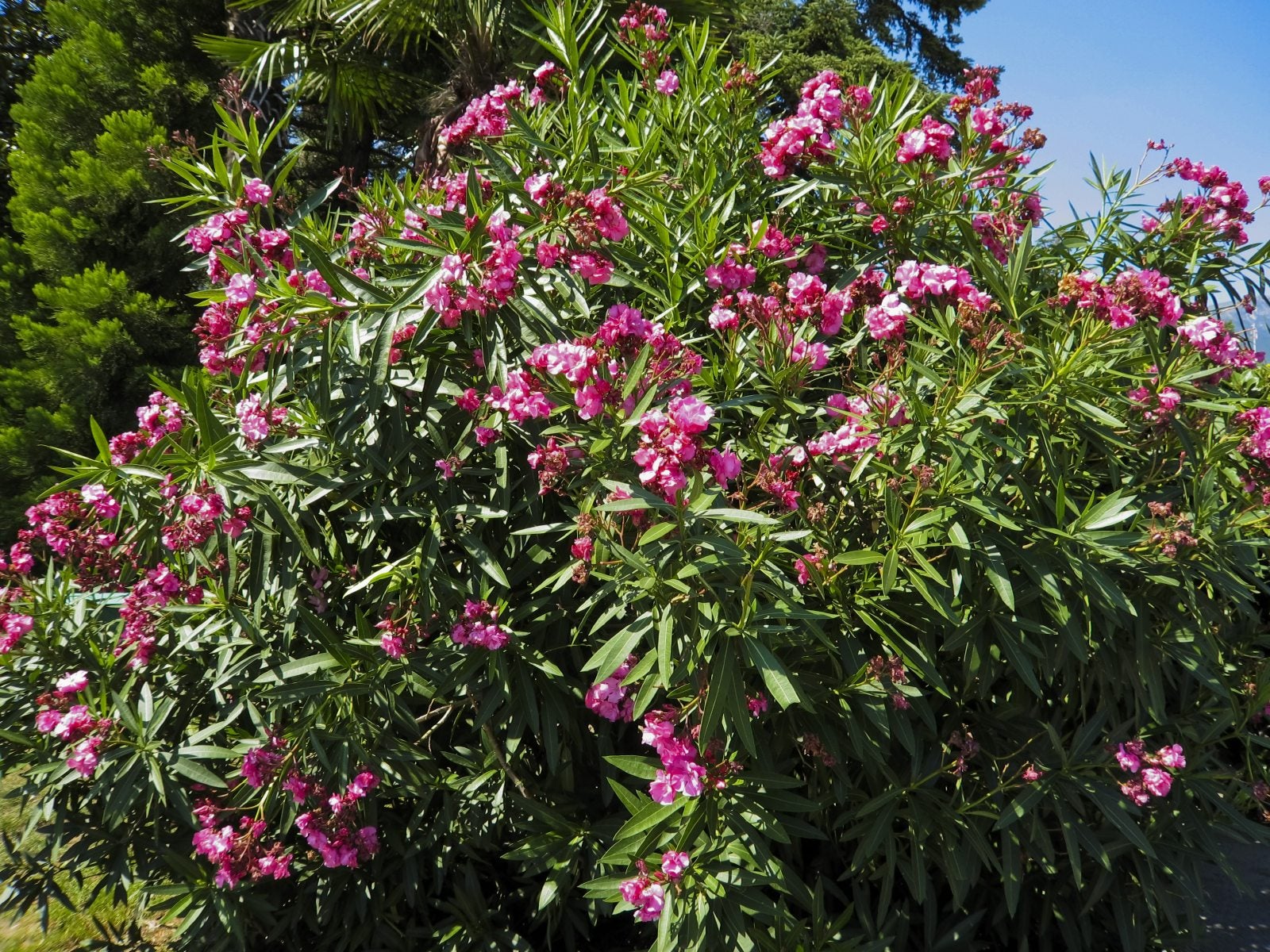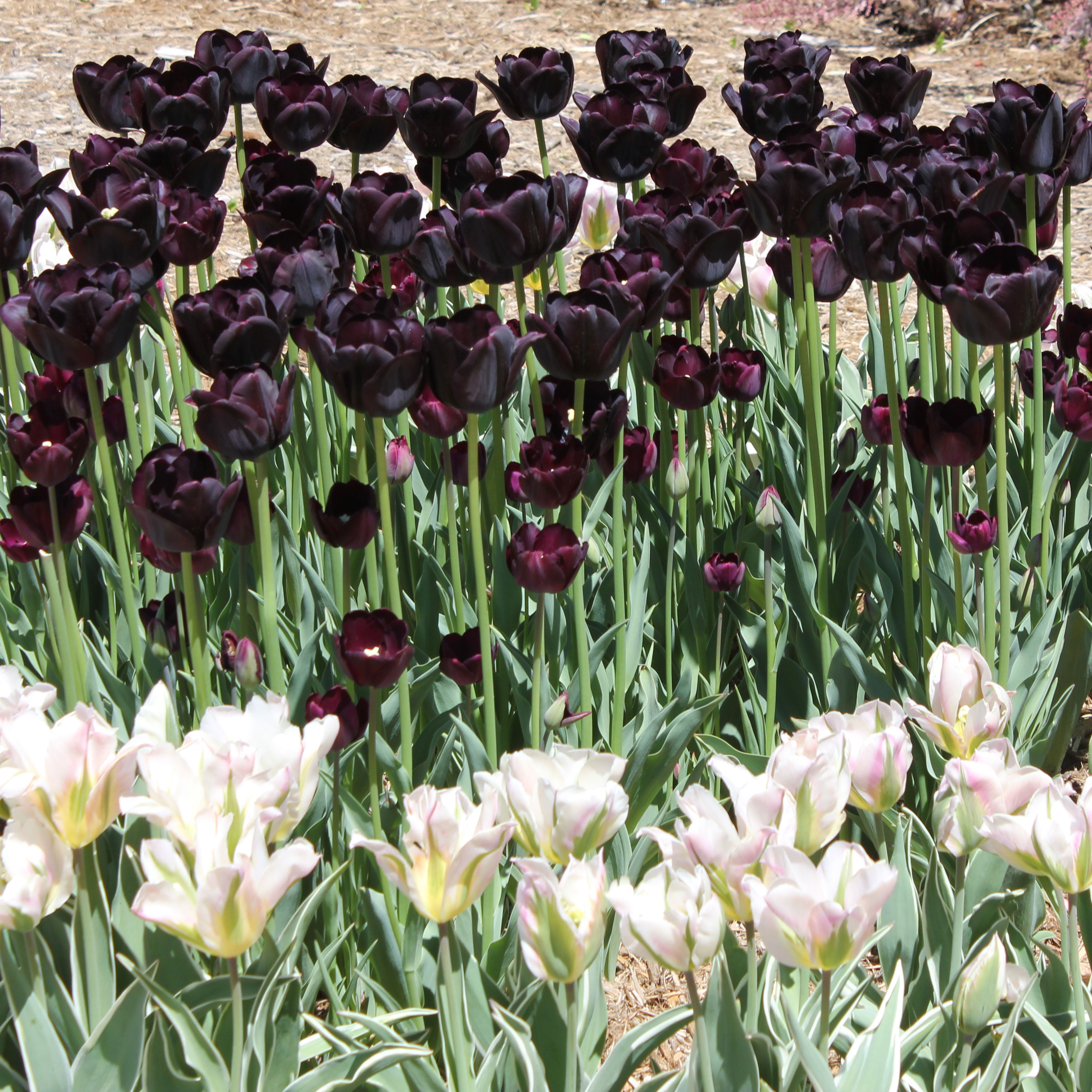Rejuvenating Overgrown Oleanders: Tips For Pruning An Overgrown Oleander


Oleanders (Nerium oleander) accept severe pruning. If you move into a house with an unruly, overgrown oleander bush in the back yard, don’t despair. Rejuvenating overgrown oleanders is largely a matter of pruning and patience. Read on for information about rejuvenation pruning of oleander and when to prune oleanders to rejuvenate them.
Pruning an Overgrown Oleander
The good news is that you can do rejuvenation pruning of oleanders and get old, overgrown plants back into shape. You’ll have to evaluate the health of the oleander shrub and determine if it can withstand drastic pruning all at one time. The problem with one severe pruning is that it can induce excess foliage growth and encourage basal sprouting. If the plant is in fragile health, its vigor can be reduced and a very weak plant may even die. When you consider pruning an overgrown oleander severely, you may be better off to do it little by little, over a number of years. When you are rejuvenating overgrown oleanders over three years, you do about one-third of the requisite thinning each year.
How to Trim Overgrown Oleander Shrubs
Generally, you’ll want to keep a shrub’s natural shape when you start pruning, even when you are pruning an overgrown oleander. The oleander’s natural shape – a clumping-type shape – is almost always more attractive in oleander hedges and screens. Here are tips for how to trim overgrown oleander shrubs over three years:
- The first year, snip one-third of all mature stems to the ground.
- The second year you are rejuvenating overgrown oleanders, trim half of the remaining mature stems to the ground, and shorten the long shoots resulting from the prior year’s growth.
- The third year, trim back the remaining older stems to a few inches (8 cm.), and continue heading back new shoots.
When to Prune Oleanders
Generally, the time to prune most spring flowering shrubs is late summer or autumn, or just after blooming. This gives the plants a chance to develop the new growth on which next season's blossoms will grow. However, summer flowering shrubs, like oleander, should be pruned in late winter or spring. Don’t prune in fall or mid-winter since this encourages frost-sensitive new growth.
Gardening tips, videos, info and more delivered right to your inbox!
Sign up for the Gardening Know How newsletter today and receive a free copy of our e-book "How to Grow Delicious Tomatoes".

Teo Spengler is a master gardener and a docent at the San Francisco Botanical Garden, where she hosts public tours. She has studied horticulture and written about nature, trees, plants, and gardening for more than two decades. Her extended family includes some 30 houseplants and hundreds of outdoor plants, including 250 trees, which are her main passion. Spengler currently splits her life between San Francisco and the French Basque Country, though she was raised in Alaska, giving her experience of gardening in a range of climates.
-
 Moody Blooms For Spring: 8 Types Of Black Flowers To Add Drama To Spring Displays
Moody Blooms For Spring: 8 Types Of Black Flowers To Add Drama To Spring DisplaysFrom midnight burgundies to inky violets, several types of black flowers can enrich and embolden a spring display. Try these brooding bloomers for a moody garden
By Tonya Barnett
-
 Can Snake Plants Live Outside? Everything You Need To Know For Snake Plants Al Fresco
Can Snake Plants Live Outside? Everything You Need To Know For Snake Plants Al FrescoSnake plants can live outside given the right conditions, but be careful that they don't take over! Learn the best way to use snake plants in your landscape.
By Mary Ellen Ellis